Cutting Back Croton Leaves: Should You Prune Crotons
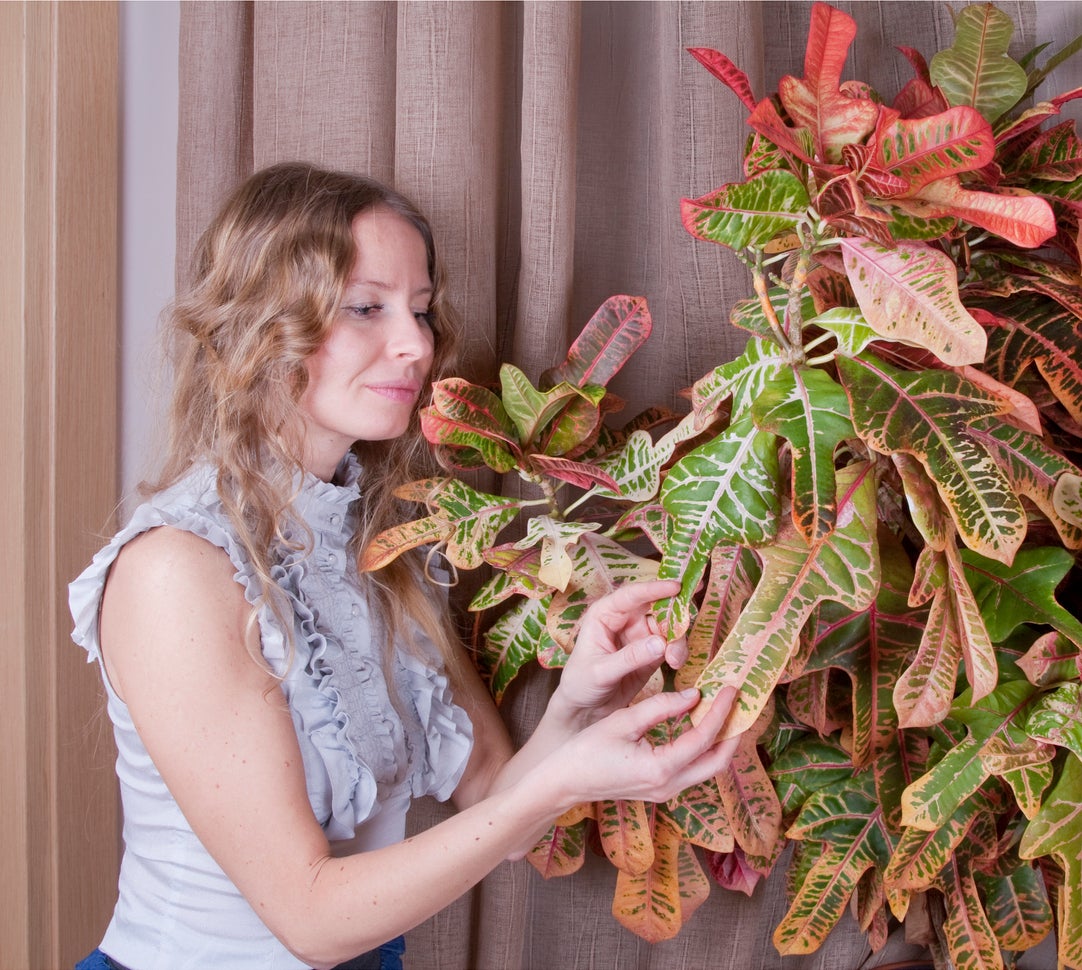

Get off a plane in Cancun and the airport landscaping will treat you with the glory and color that is the croton plant. These are quite easy to grow as houseplants or outside in warm regions, and they have few pests or disease issues. They can grow quite leggy, however, and leaves may develop damage due to thrip feeding. Cutting back a croton can help you acquire a thicker bush or remove ugly leaves. Whatever the purpose, a few tips on croton pruning will have your plant looking healthier and more attractive.
Pruning a Croton Plant
Croton care is very straightforward and generally something even a novice gardener can accomplish with ease. So, should you prune crotons? The plant only needs rejuvenation trimming when it gets too sparse and light pruning to remove dead leaves. Pruning a croton is not rocket science, but you should use proper sanitation procedures to prevent the spread of disease.
Crotons can easily get 6 to 10 feet (2-3 m.) in height quite quickly. If you want a shorter plant, pruning a croton will achieve that end. Sometimes growers want a denser, bushier plant. Cutting back a croton to where you want the bushing to start will help develop a more lush and thicker foliaged plant.
When should you prune a croton? Croton pruning can be done at any time of the year but avoid cutting the plant when a cold snap is forecast and when it is in its most active period of growth. These perennials don't really go dormant but they do not produce new leaves and other growth in the cooler season. Early spring is generally the best time for pruning most plants.
How to Trim a Croton
If you don't want a fungal or bacterial disease to invade your plant during trimming, sterilize those pruners or shears. A swipe of alcohol on the blade or a 3% solution of bleach to water will do the trick. Also, make sure your cutting implement is sharp to prevent inadvertent injury.
You can cut off the petiole of dead or damaged leaves just outside the main stem. To create a thicker, bushier plant, cut a foot (31 cm.) above where you want the plant to flush out. Never cut the plant back by more than one third.
Make cuts just above a leaf bud and at a slight angle that will propel water away from the cut. Keep the plant watered and feed in spring to fuel new growth.
Gardening tips, videos, info and more delivered right to your inbox!
Sign up for the Gardening Know How newsletter today and receive a free copy of our e-book "How to Grow Delicious Tomatoes".

Bonnie Grant is a professional landscaper with a Certification in Urban Gardening. She has been gardening and writing for 15 years. A former professional chef, she has a passion for edible landscaping.
-
 Looking For Plants To Give You The Soft And Fuzzies? Try These 5 Fuzzy Leaf Plant Options
Looking For Plants To Give You The Soft And Fuzzies? Try These 5 Fuzzy Leaf Plant OptionsLovers of texture, drama, silver foliage and tactile plants will adore these special sensory garden additions. These fuzzy leaf plant options will leave you all aglow
By Susan Albert
-
 Get Ready For A Summer Of Hummers! Grow These Full Sun Hummingbird Plants and Flowers
Get Ready For A Summer Of Hummers! Grow These Full Sun Hummingbird Plants and FlowersIf you’re lucky enough to enjoy a sunny backyard, make sure you are maxing out on your pollinator opportunities and grow these full sun hummingbird plants and flowers
By Tonya Barnett
-
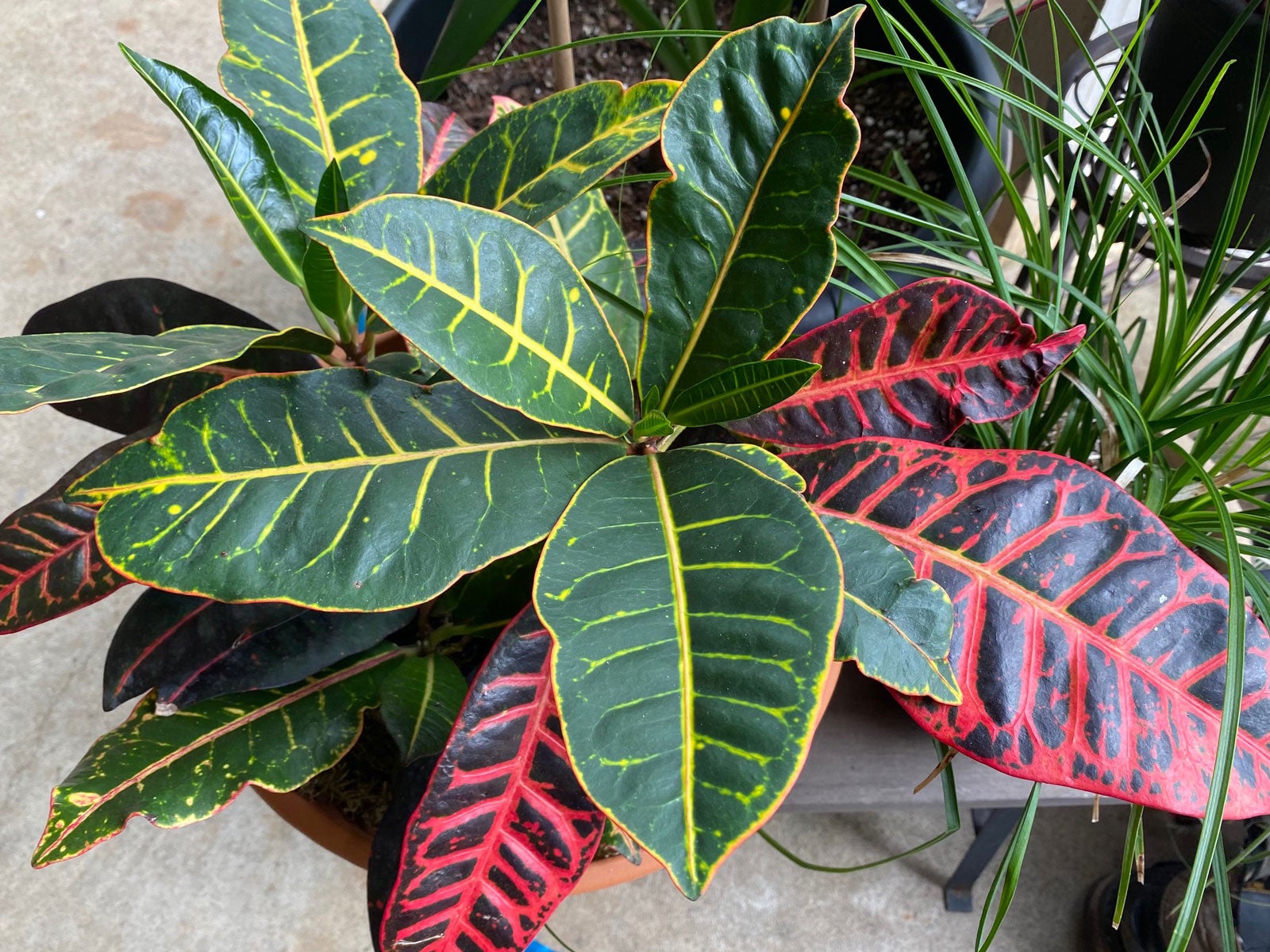 Different Croton Plants: Types Of Croton Houseplants
Different Croton Plants: Types Of Croton HouseplantsWhen it comes to different croton plants, the selection of varieties is nearly endless and none are boring. Click to learn more.
By Mary H. Dyer
-
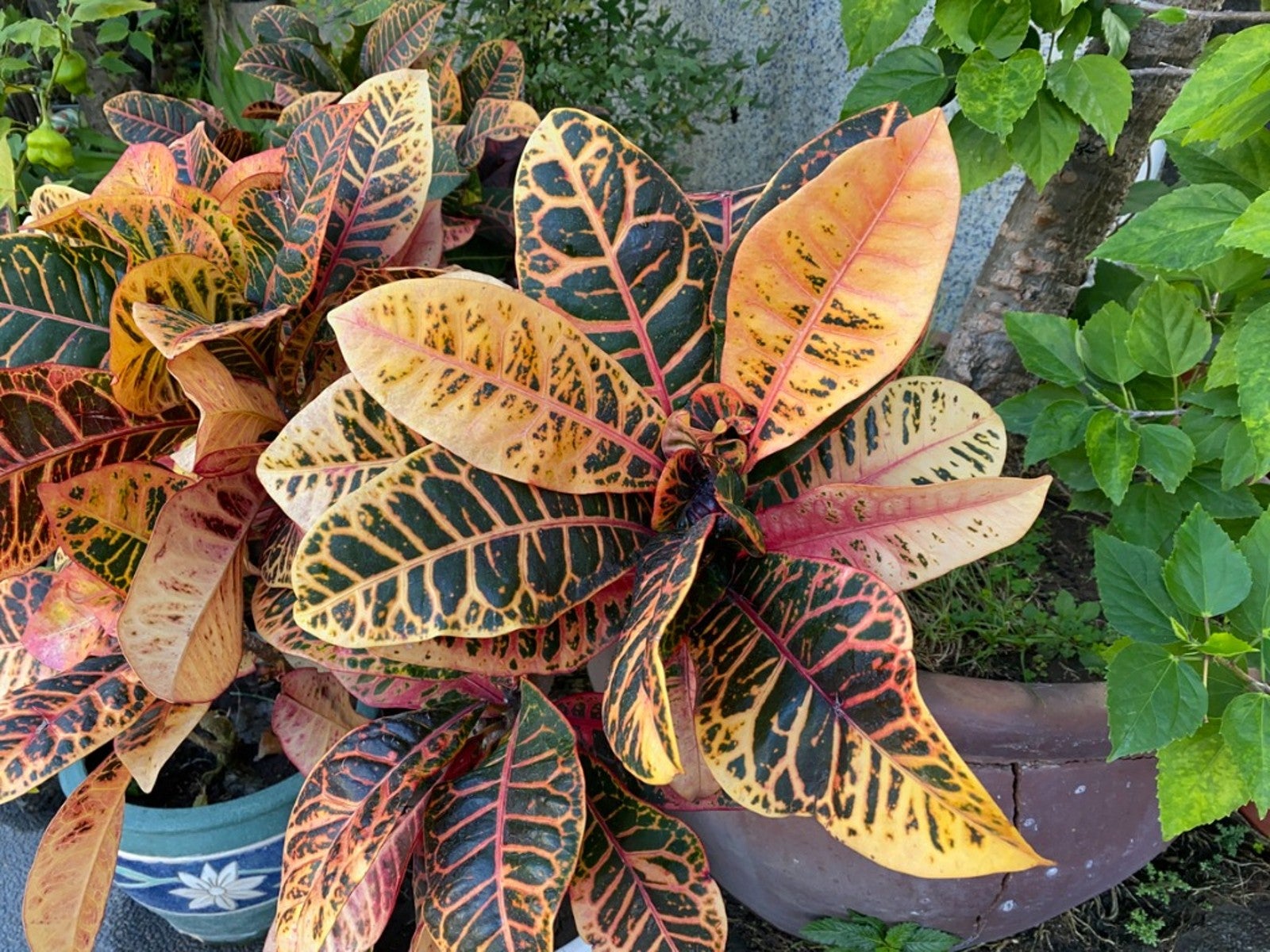 Croton Leaves Are Fading – Why Is My Croton Losing Its Color
Croton Leaves Are Fading – Why Is My Croton Losing Its ColorWho doesn?t love the bright colors of croton plants? But sometimes the bright colors on a croton fade, leaving them with ordinary looking green leaves. It can be disappointing to notice a croton losing color. Learn how to remedy this in the article that follows.
By Ilana Goldowitz Jimenez
-
 Care Of Outdoor Croton Plants: How To Grow A Croton Outdoors
Care Of Outdoor Croton Plants: How To Grow A Croton OutdoorsHardy to zones 9 to 11, most of us on grow croton as a houseplant. However, croton in the garden can be enjoyed during the summer and sometimes into the early fall. You just need to learn some rules about how to grow a croton outdoors. This article will help.
By Bonnie L. Grant
-
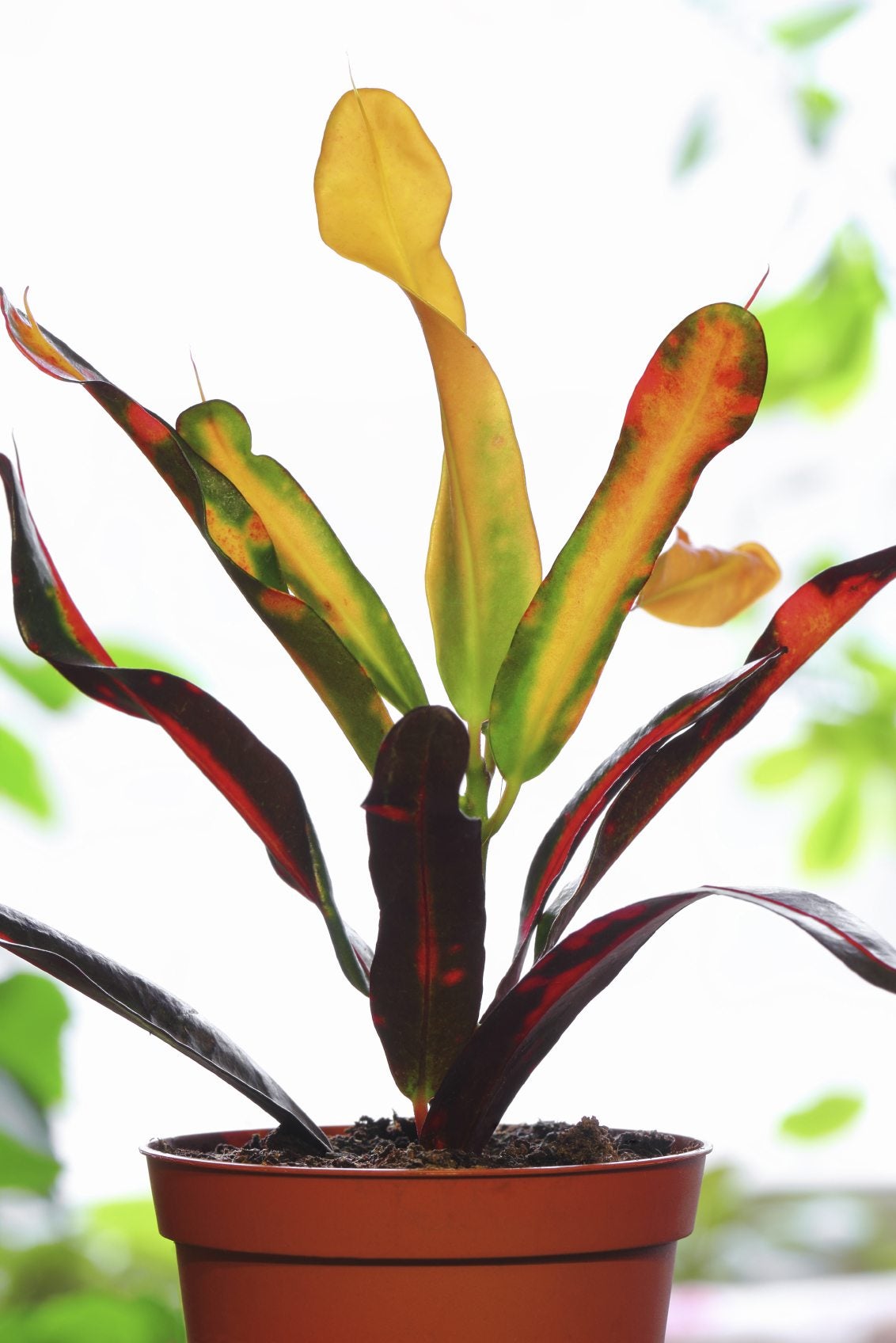 Croton Leaf Drop – Why Is My Croton Dropping Leaves
Croton Leaf Drop – Why Is My Croton Dropping LeavesYour brilliant indoor croton plant is dropping leaves like crazy. Don't panic. Leaf drop on croton plants can be expected any time the plant is stressed. You just need to know how to give croton what it needs to thrive. Click here to learn more.
By Gardening Know How
-
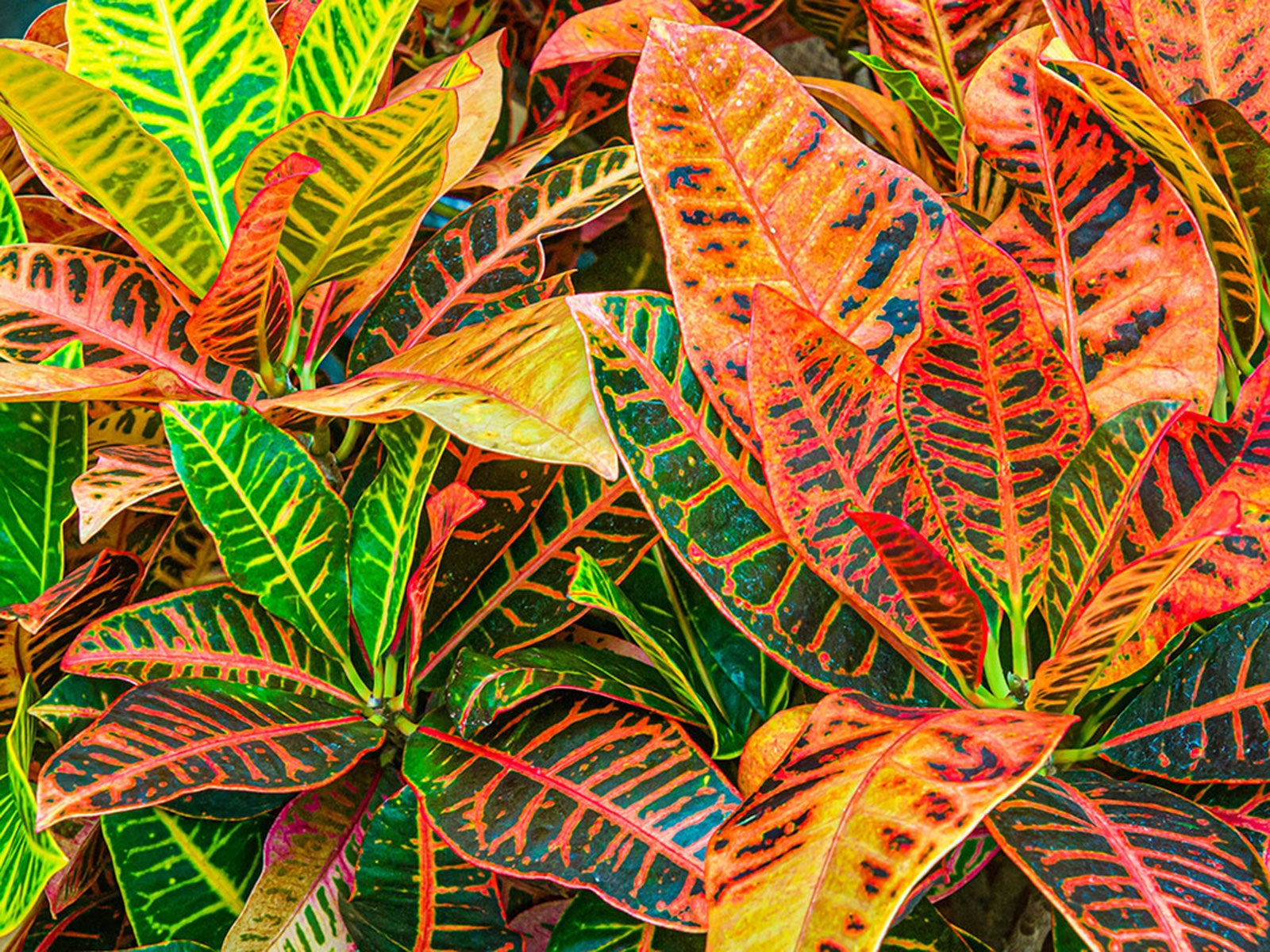 Growing Crotons: Best Care For Croton Plants
Growing Crotons: Best Care For Croton PlantsGrowing crotons is easier than you might think, as our experts reveal the secrets to successfully caring for this popular tropical plant.
By Heather Rhoades